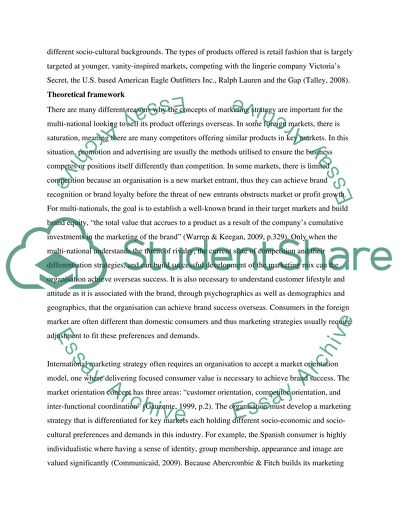Cite this document
(“Marketing Strategies for Growth in Overseas Markets: Abercrombie & Essay”, n.d.)
Retrieved de https://studentshare.org/marketing/1392007-marketing-strategies-for-growth-in-overseas-markets-abercrombie-fitch
Retrieved de https://studentshare.org/marketing/1392007-marketing-strategies-for-growth-in-overseas-markets-abercrombie-fitch
(Marketing Strategies for Growth in Overseas Markets: Abercrombie & Essay)
https://studentshare.org/marketing/1392007-marketing-strategies-for-growth-in-overseas-markets-abercrombie-fitch.
https://studentshare.org/marketing/1392007-marketing-strategies-for-growth-in-overseas-markets-abercrombie-fitch.
“Marketing Strategies for Growth in Overseas Markets: Abercrombie & Essay”, n.d. https://studentshare.org/marketing/1392007-marketing-strategies-for-growth-in-overseas-markets-abercrombie-fitch.


